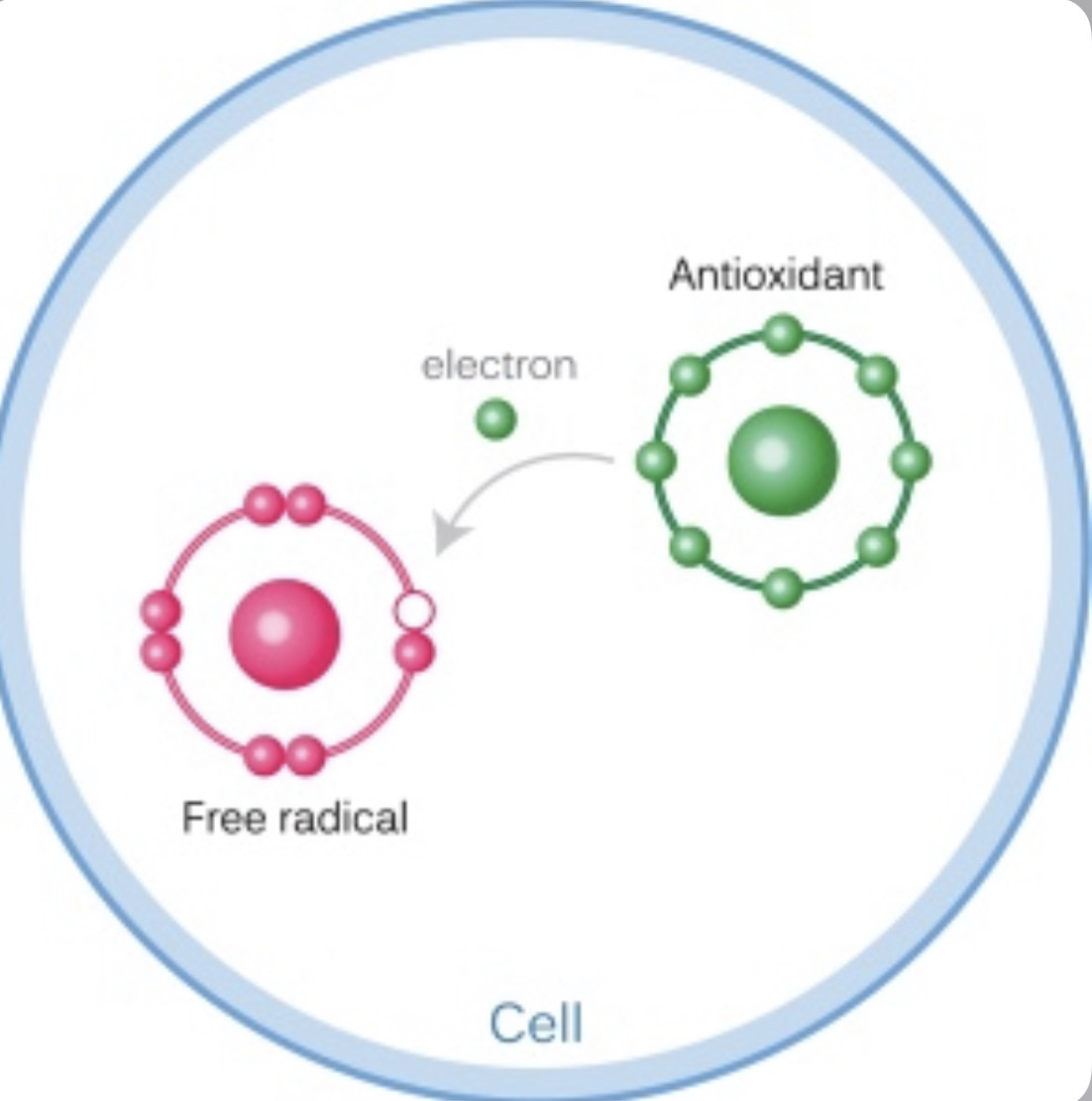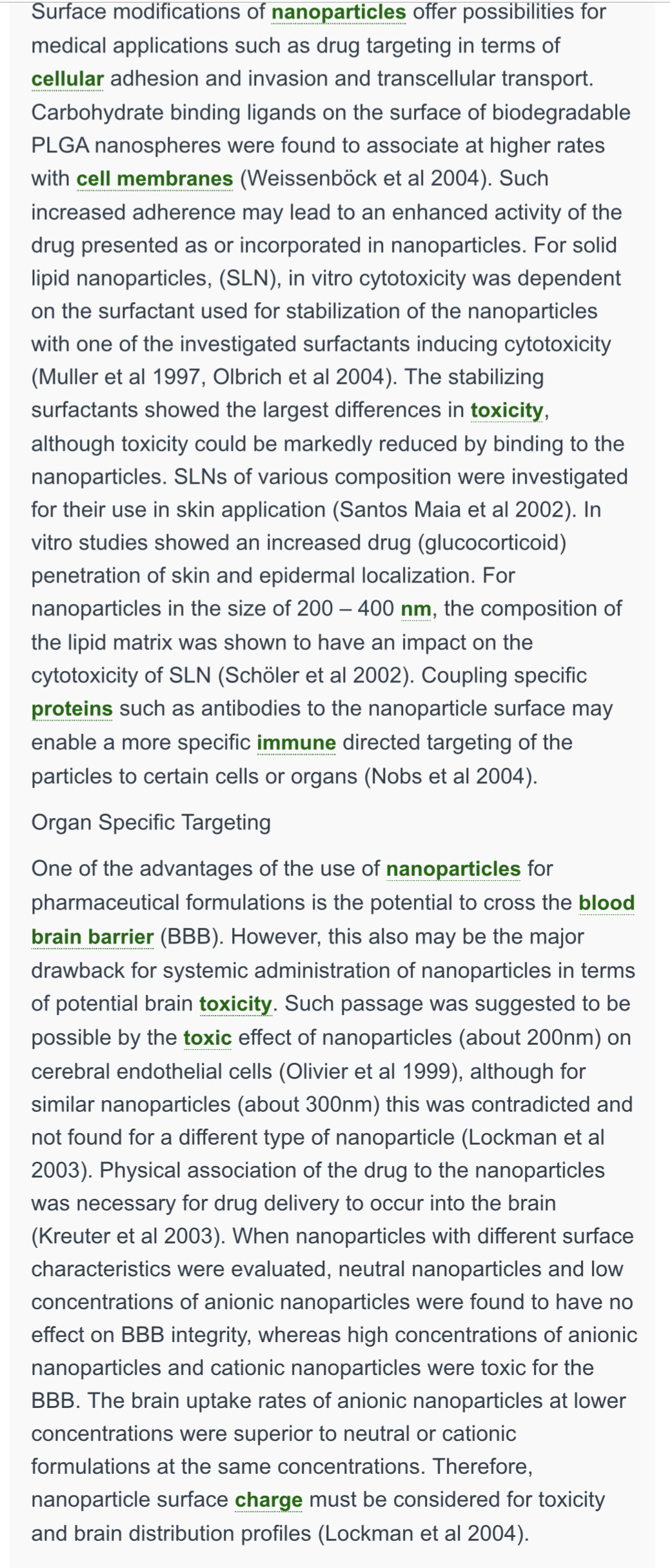The Mac
@TheMac
13 October, 10:10
"No one shall be subjected to torture or to cruel, inhuman or degrading treatment or punishment"
Notice: Undefined index: tg1tga_access in /home/admin/www/anonup.com/themes/default/apps/timeline/post.phtml on line 396
The Mac
@TheMac
13 October, 10:12
In response The Mac to his Publication
Among the acts or omissions that may potentially support a medical malpractice claim are the failure to properly diagnose a disease or medical condition, the failure to provide appropriate treatment for a medical condition, and unreasonable delay in treating a diagnosed medical condition. In some jurisdictions a medical malpractice action may be allowed even without a mistake from the doctor, based upon principles of informed consent, where a patient was not informed of possible consequences of a course of treatment and would have declined the medical treatment had proper information been provided in advance.
Notice: Undefined index: tg1tga_access in /home/admin/www/anonup.com/themes/default/apps/timeline/post.phtml on line 396
The Mac
@TheMac
13 October, 10:17
In response The Mac to his Publication
inhumane
/ɪnhjʊˈmeɪn/
adjective: inhumane
without compassion for misery or suffering; cruel.
late Middle English (in the sense ‘inhuman, brutal’): originally a variant of inhuman (rare after 1700); in modern use from in-1 ‘not’ + humane (the current sense dating from the early 19th century).
inhuman
/ɪnˈhjuːmən/
adjective: inhuman
1.
lacking human qualities of compassion and mercy; cruel and barbaric.
"the inhuman treatment meted out to political prisoners"
not human in nature or character.
/ɪnhjʊˈmeɪn/
adjective: inhumane
without compassion for misery or suffering; cruel.
late Middle English (in the sense ‘inhuman, brutal’): originally a variant of inhuman (rare after 1700); in modern use from in-1 ‘not’ + humane (the current sense dating from the early 19th century).
inhuman
/ɪnˈhjuːmən/
adjective: inhuman
1.
lacking human qualities of compassion and mercy; cruel and barbaric.
"the inhuman treatment meted out to political prisoners"
not human in nature or character.
Notice: Undefined index: tg1tga_access in /home/admin/www/anonup.com/themes/default/apps/timeline/post.phtml on line 396
The Mac
@TheMac
13 October, 10:19
In response The Mac to his Publication
DNA is a dynamic and adaptable molecule. As such, the nucleotide sequences found within it are subject to change as the result of a phenomenon called mutation.
Notice: Undefined index: tg1tga_access in /home/admin/www/anonup.com/themes/default/apps/timeline/post.phtml on line 396
The Mac
@TheMac
13 October, 10:20
In response The Mac to his Publication
In biology, a mutation is an alteration in the nucleotide sequence of the genome of an organism, virus, or extrachromosomal DNA.[1] Viral genomes contain either DNA or RNA. Mutations result from errors during DNA or viral replication, mitosis, or meiosis or other types of damage to DNA (such as pyrimidine dimers caused by exposure to ultraviolet radiation), which then may undergo error-prone repair (especially microhomology-mediated end joining[2]), cause an error during other forms of repair,[3][4] or cause an error during replication (translesion synthesis). Mutations may also result from insertion or deletion of segments of DNA due to mobile genetic elements.
Notice: Undefined index: tg1tga_access in /home/admin/www/anonup.com/themes/default/apps/timeline/post.phtml on line 396
The Mac
@TheMac
13 October, 10:33
In response The Mac to his Publication
Oxidative stress (OS) is therefore defined as a state of excess ROS production and/or the reduction in savaging antioxidants, which results in pathophysiological changes similar to the general adaption syndrome of cellular stressors [22,31].
Notice: Undefined index: tg1tga_access in /home/admin/www/anonup.com/themes/default/apps/timeline/post.phtml on line 396
The Mac
@TheMac
13 October, 10:37
In response The Mac to his Publication
Prolonged oxidative stress leads to an increased risk of negative health outcomes, such as cardiovascular disease and certain types of cancer. Your body needs to maintain a certain balance between free radicals and antioxidants. When this equilibrium is disrupted, it can lead to oxidative stress.
Notice: Undefined index: tg1tga_access in /home/admin/www/anonup.com/themes/default/apps/timeline/post.phtml on line 396
The Mac
@TheMac
13 October, 10:39
In response The Mac to his Publication
Experimental studies show that nanoparticles can trigger the production of free radicals.
Notice: Undefined index: tg1tga_access in /home/admin/www/anonup.com/themes/default/apps/timeline/post.phtml on line 396
The Mac
@TheMac
14 October, 06:40
In response The Mac to his Publication
However, federal statutes and treaties are supreme only if they do not contravene the Constitution.
Notice: Undefined index: tg1tga_access in /home/admin/www/anonup.com/themes/default/apps/timeline/post.phtml on line 396
The Mac
@TheMac
14 October, 06:42
In response The Mac to his Publication
The Eighth Amendment (Amendment VIII) of the United States Constitution prohibits the federal government from imposing excessive bail, excessive fines, or cruel and unusual punishments.
Notice: Undefined index: tg1tga_access in /home/admin/www/anonup.com/themes/default/apps/timeline/post.phtml on line 396
The Mac
@TheMac
14 October, 06:43
In response The Mac to his Publication
The Constitution was amended to prohibit cruel and unusual punishments as part of the United States Bill of Rights as a result of objections raised by people such as Abraham Holmes and Patrick Henry. While Holmes feared the establishment of the Inquisition in the United States, Henry was concerned with the application of torture as a way of extracting confessions.[2] They also feared that the federal government would misuse its powers to create federal crimes as well as to punish those who committed them under the new Constitution and thus use these powers as a way to oppress the people.
Notice: Undefined index: tg1tga_access in /home/admin/www/anonup.com/themes/default/apps/timeline/post.phtml on line 396
The Mac
@TheMac
14 October, 06:45
In response The Mac to his Publication
Solid lipid nanoparticles (SLNs) primarily consist of fatty acids or mono-, di-, or triglycerides. Such lipid matrices remain in the solid state at normal body temperature. The highly lipophilic nature of SLNs renders these particles to facilitate BBB transport.
Notice: Undefined index: tg1tga_access in /home/admin/www/anonup.com/themes/default/apps/timeline/post.phtml on line 396
The Mac
@TheMac
14 October, 06:47
In response The Mac to his Publication
Free radicals play an important role in cerebral ischemia-reperfusion injury. Accumulations of toxic free radicals such as reactive oxygen species (ROS) and reactive nitrogen species (RNS) not only increase the susceptibility of brain tissue to ischemic damage but also trigger numerous molecular cascades, leading to increased blood-brain barrier (BBB) permeability, brain edema, hemorrhage and inflammation, and brain death. Activating matrix metalloproteinases (MMPs) is a key step in BBB disruption. MMPs are proteolytic zinc-containing enzymes responsible for degradation of the extracellular matrix around cerebral blood vessels and neurons. Free radicals can activate MMPs and subsequently induce the degradations of tight junctions (TJs), leading to BBB breakdown in cerebral ischemia-reperfusion injury.
Notice: Undefined index: tg1tga_access in /home/admin/www/anonup.com/themes/default/apps/timeline/post.phtml on line 396
The Mac
@TheMac
14 October, 06:48
In response The Mac to his Publication
Brain death (also known as brain stem death) is when a person on an artificial life support machine no longer has any brain functions. This means they will not regain consciousness or be able to breathe without support. A person who's brain dead is legally confirmed as dead
Notice: Undefined index: tg1tga_access in /home/admin/www/anonup.com/themes/default/apps/timeline/post.phtml on line 396
The Mac
@TheMac
14 October, 06:50
In response The Mac to his Publication
Tort –Negligent or wrongful conduct by one person that causes an injury to another for which an action for damages may be brought.
Notice: Undefined index: tg1tga_access in /home/admin/www/anonup.com/themes/default/apps/timeline/post.phtml on line 396
The Mac
@TheMac
14 October, 06:52
In response The Mac to his Publication
negligent
/ˈnɛɡlɪdʒənt/
adjective: negligent
failing to take proper care over something.
"the council had been negligent in its supervision of the children in care"
/ˈnɛɡlɪdʒənt/
adjective: negligent
failing to take proper care over something.
"the council had been negligent in its supervision of the children in care"
Notice: Undefined index: tg1tga_access in /home/admin/www/anonup.com/themes/default/apps/timeline/post.phtml on line 396
The Mac
@TheMac
14 October, 06:55
In response The Mac to his Publication
Evidence is accumulating that most of the degenerative diseases that afflict humanity have their origin in deleterious free radical reactions.
These diseases include atherosclerosis, cancer, inflammatory joint disease, asthma, diabetes, senile dementia and degenerative eye disease.
These diseases include atherosclerosis, cancer, inflammatory joint disease, asthma, diabetes, senile dementia and degenerative eye disease.
Notice: Undefined index: tg1tga_access in /home/admin/www/anonup.com/themes/default/apps/timeline/post.phtml on line 396
The Mac
@TheMac
14 October, 07:09
In response The Mac to his Publication
Free radicals are oxygen-containing molecules with an uneven number of electrons. The uneven number allows them to easily react with other molecules. Free radicals can cause large chain chemical reactions in your body because they react so easily with other molecules. These reactions are called oxidation.
Notice: Undefined index: tg1tga_access in /home/admin/www/anonup.com/themes/default/apps/timeline/post.phtml on line 396
The Mac
@TheMac
14 October, 07:25
In response The Mac to his Publication
Notice: Undefined index: tg1tga_access in /home/admin/www/anonup.com/themes/default/apps/timeline/post.phtml on line 396
The Mac
@TheMac
14 October, 07:38
In response The Mac to his Publication
The electric dipole moment, a vector, is directed along the line from negative charge toward positive charge.
Notice: Undefined index: tg1tga_access in /home/admin/www/anonup.com/themes/default/apps/timeline/post.phtml on line 396
The Mac
@TheMac
14 October, 07:39
In response The Mac to his Publication
Magnetic resonance imaging (MRI) has become a promising technique in the early diagnosis of cancers, especially the application of contrast agents can further enhance the detection limit. Compared with the dark signal in "negative" contrast agents (T2), "positive" contrast agents (T1) with bright signal are more desirable for high-resolution imaging. However, the clinically used gadolinium complexes have short circulation time and the risk of nephrogenic system fibrosis. Therefore, to overcome the disadvantage of T2 agents and traditional T1 agents, it is very interesting to develop nano-scaled T1-weighted MRI contrast agents with safer and more precise imaging performance.
Notice: Undefined index: tg1tga_access in /home/admin/www/anonup.com/themes/default/apps/timeline/post.phtml on line 396
The Mac
@TheMac
14 October, 07:40
In response The Mac to his Publication
The present review systematically summarized the recent progress of paramagnetic and superparamagnetic inorganic nanoparticles as T1-weighted MRI contrast agents, including gadolinium oxide nanoparticles, gadoliniumbased upconversion nanoparticles, manganese oxide nanoparticles, and ultra-small iron oxide nanoparticles. Moreover, we also described their applications in multi-modal imaging and visualized theranostics.
Keywords: Paramagnetic and superparamagnetic inorganic nanoparticles; T1-weighted magnetic resonance imaging; gadolinium-based nanoparticles; manganese oxides; ultra-small iron oxides; visualized theranostics..
Keywords: Paramagnetic and superparamagnetic inorganic nanoparticles; T1-weighted magnetic resonance imaging; gadolinium-based nanoparticles; manganese oxides; ultra-small iron oxides; visualized theranostics..
Notice: Undefined index: tg1tga_access in /home/admin/www/anonup.com/themes/default/apps/timeline/post.phtml on line 396
The Mac
@TheMac
14 October, 07:41
In response The Mac to his Publication
Notice: Undefined index: tg1tga_access in /home/admin/www/anonup.com/themes/default/apps/timeline/post.phtml on line 396
tumour
/ˈtjuːmə/
Origin
late Middle English: from Latin tumor, from tumere ‘to swell’
/ˈtjuːmə/
Origin
late Middle English: from Latin tumor, from tumere ‘to swell’
07:43 AM - Oct 14, 2021
In response The Mac to his Publication
Only people mentioned by TheMac in this post can reply
The Mac
@TheMac
14 October, 07:45
In response The Mac to his Publication
Malignant: Malignant tumors are cancerous. The cells can grow and spread to other parts of the body.
Notice: Undefined index: tg1tga_access in /home/admin/www/anonup.com/themes/default/apps/timeline/post.phtml on line 396
The Mac
@TheMac
14 October, 07:46
In response The Mac to his Publication
Nucleation, the initial process that occurs in the formation of a crystal from a solution, a liquid, or a vapour, in which a small number of ions, atoms, or molecules become arranged in a pattern characteristic of a crystalline solid, forming a site upon which additional particles are deposited as the crystal grows.
Notice: Undefined index: tg1tga_access in /home/admin/www/anonup.com/themes/default/apps/timeline/post.phtml on line 396








